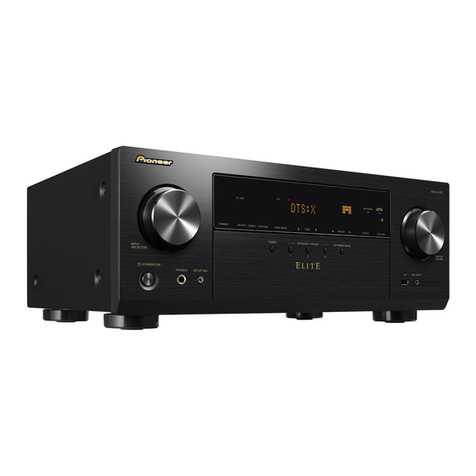Pioneer SX-2700 User manual
Other Pioneer Stereo Receiver manuals
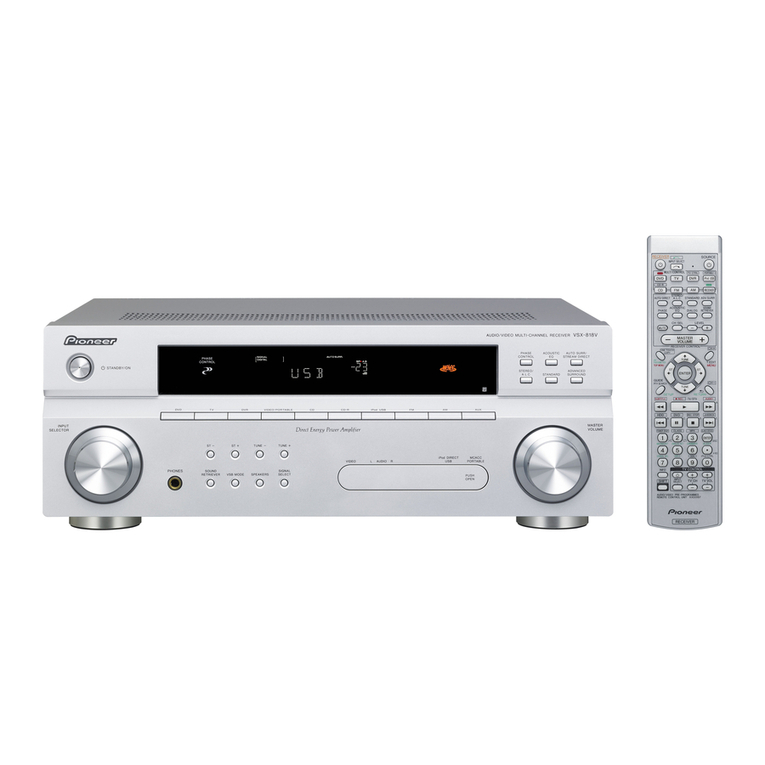
Pioneer
Pioneer VSX-818V-K User manual
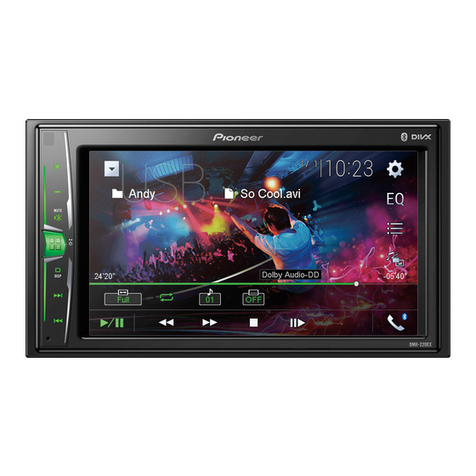
Pioneer
Pioneer DMH-220EX User manual
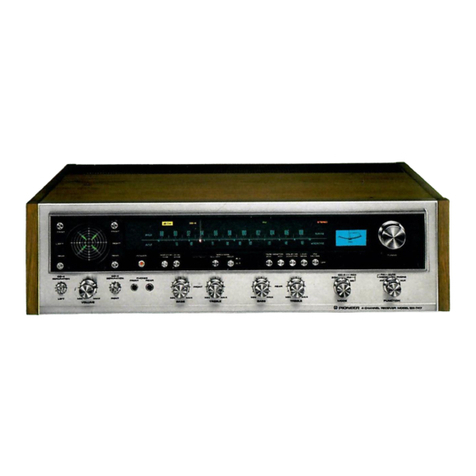
Pioneer
Pioneer QX-747A F User manual
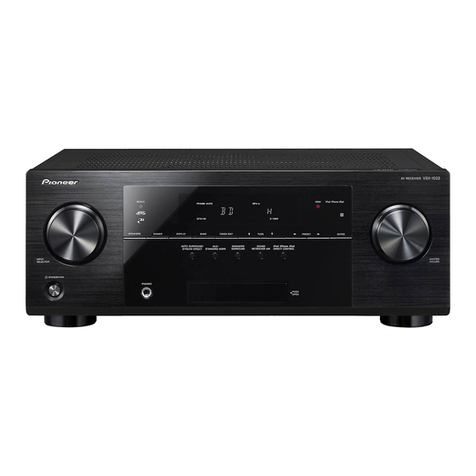
Pioneer
Pioneer VSX-1022-K User manual
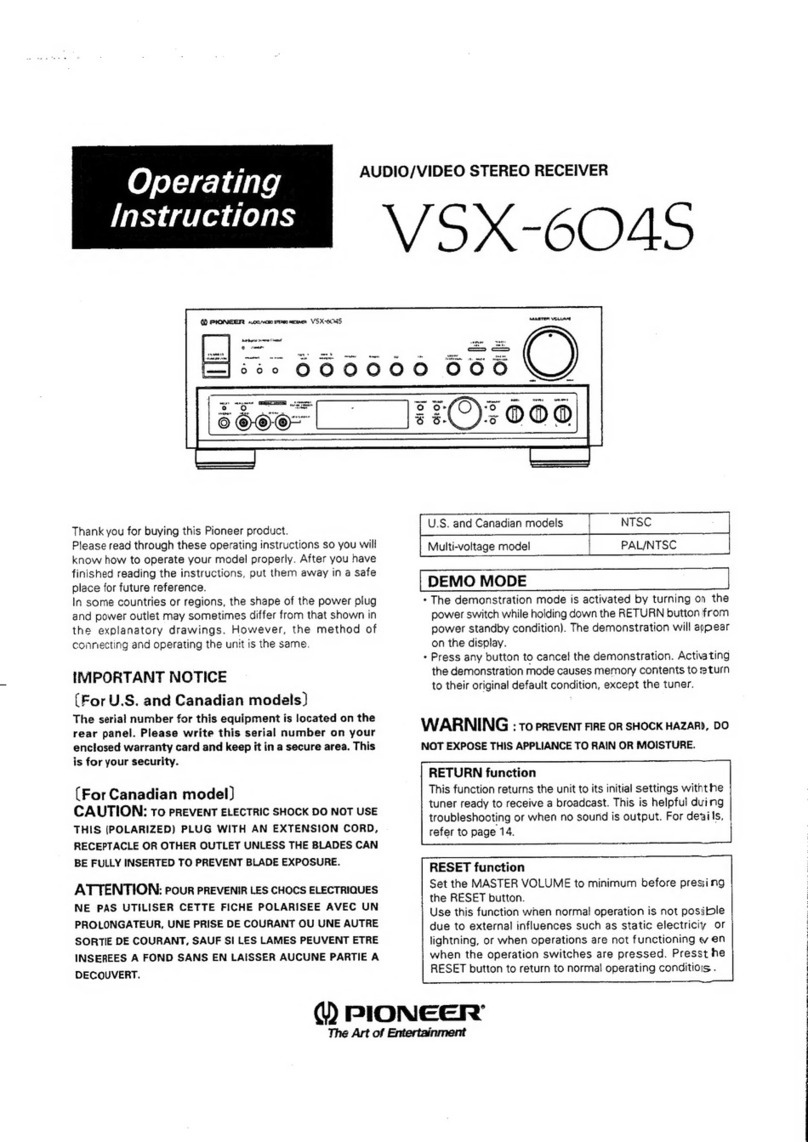
Pioneer
Pioneer VSX-604S User manual

Pioneer
Pioneer XR-P2000 User manual
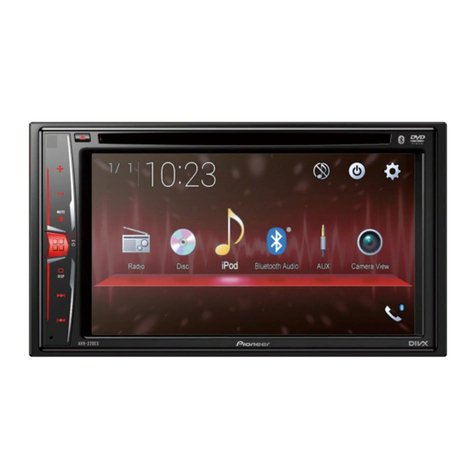
Pioneer
Pioneer AVH-220EX User manual

Pioneer
Pioneer SX-3700 User manual
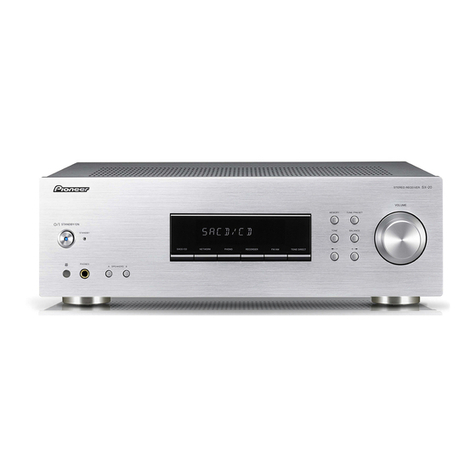
Pioneer
Pioneer SX-20-K User manual
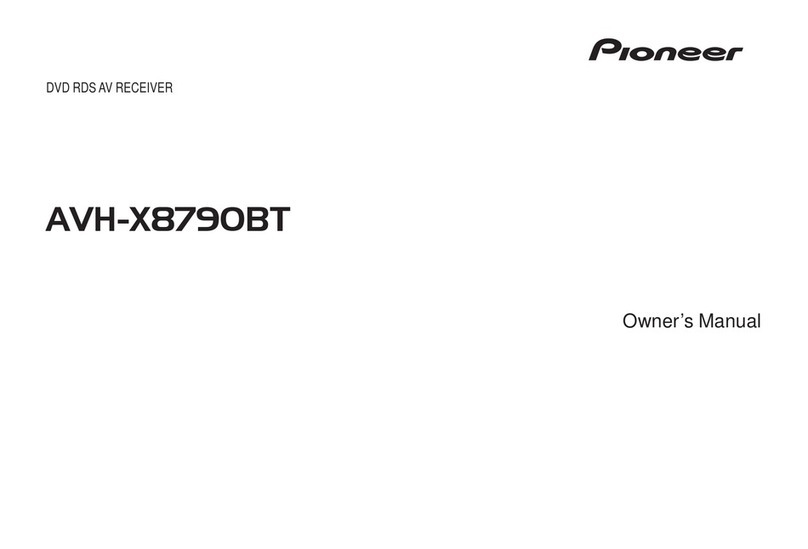
Pioneer
Pioneer AVH-X8790BT User manual
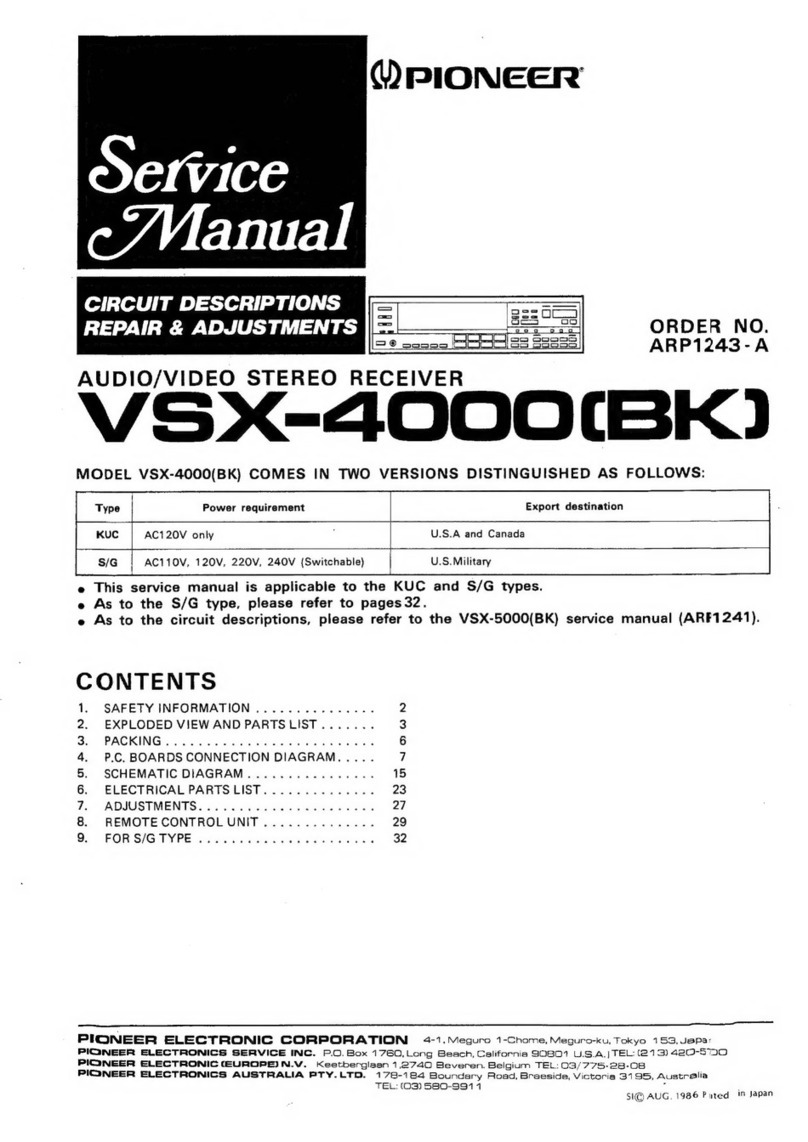
Pioneer
Pioneer VSX-4000 User manual

Pioneer
Pioneer SPH-EVO82DAB User manual
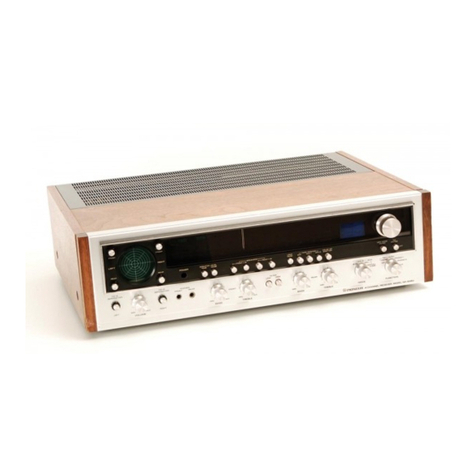
Pioneer
Pioneer QX-949A Series User manual

Pioneer
Pioneer SX-N30AE User manual
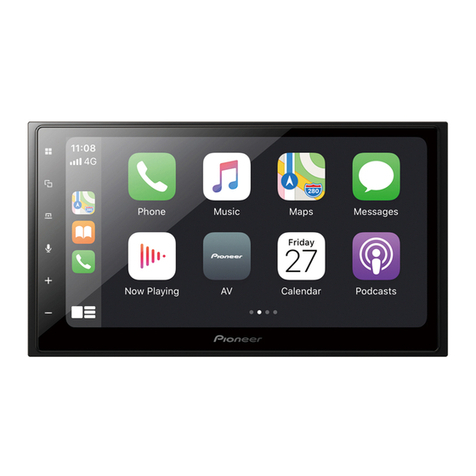
Pioneer
Pioneer SPH-DA250DAB User manual
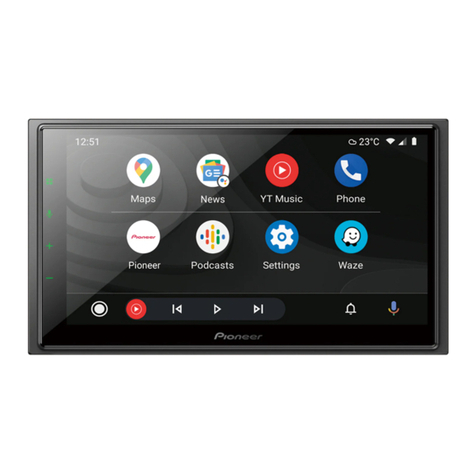
Pioneer
Pioneer SPH-EVO64DAB-208 User manual

Pioneer
Pioneer SX-939 User manual
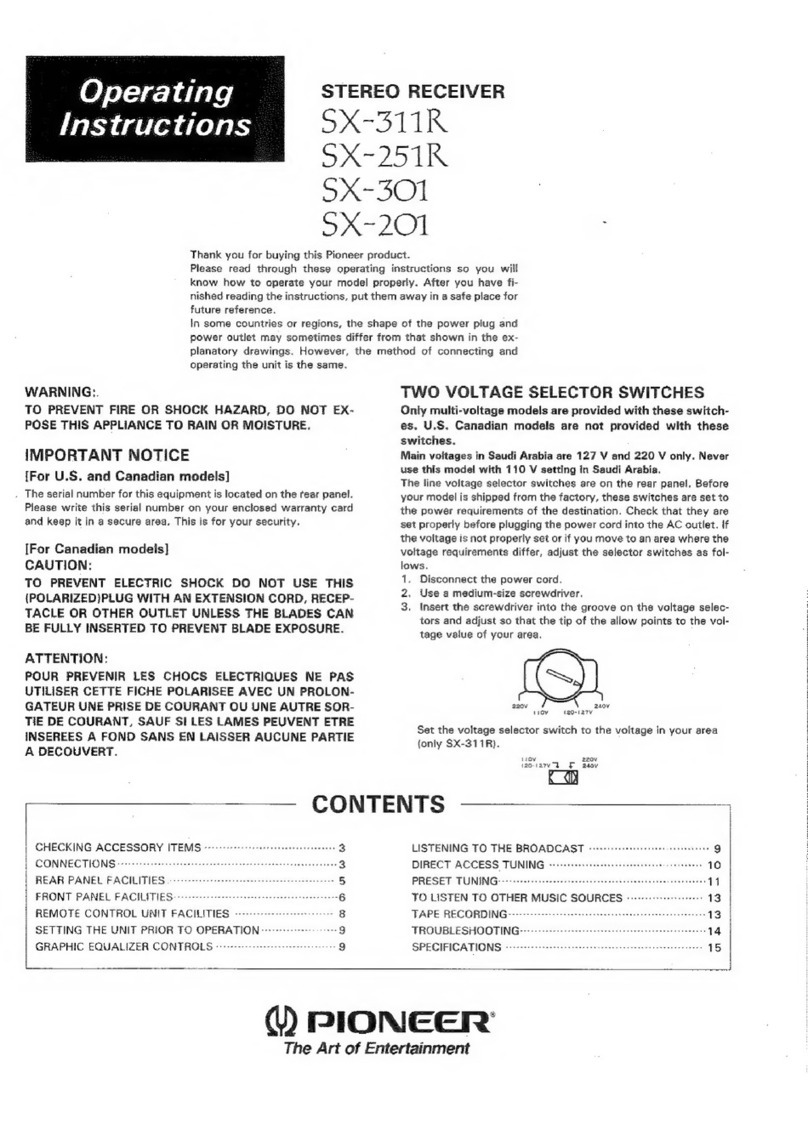
Pioneer
Pioneer SX-311R User manual
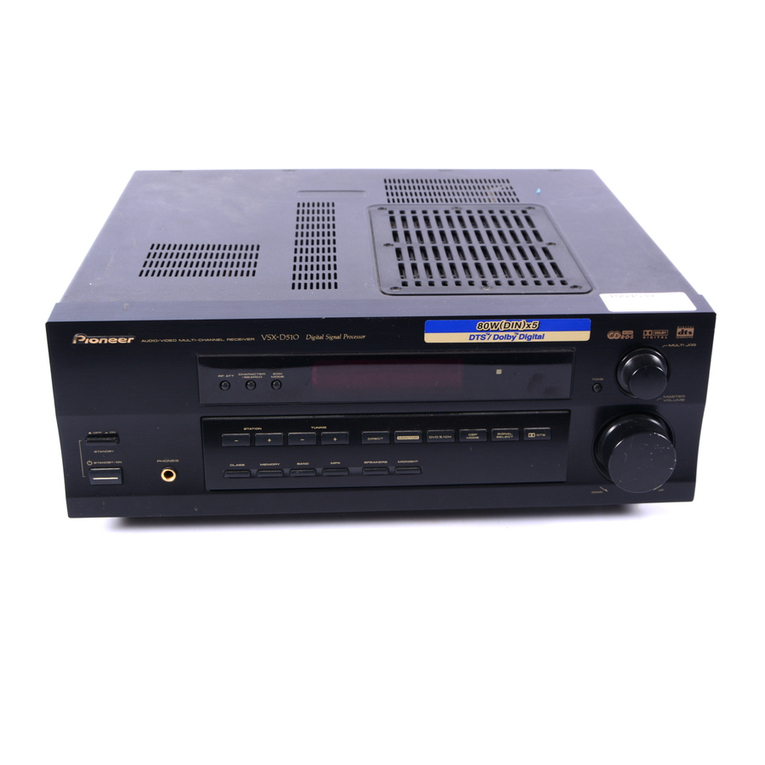
Pioneer
Pioneer VSX-D510 User manual
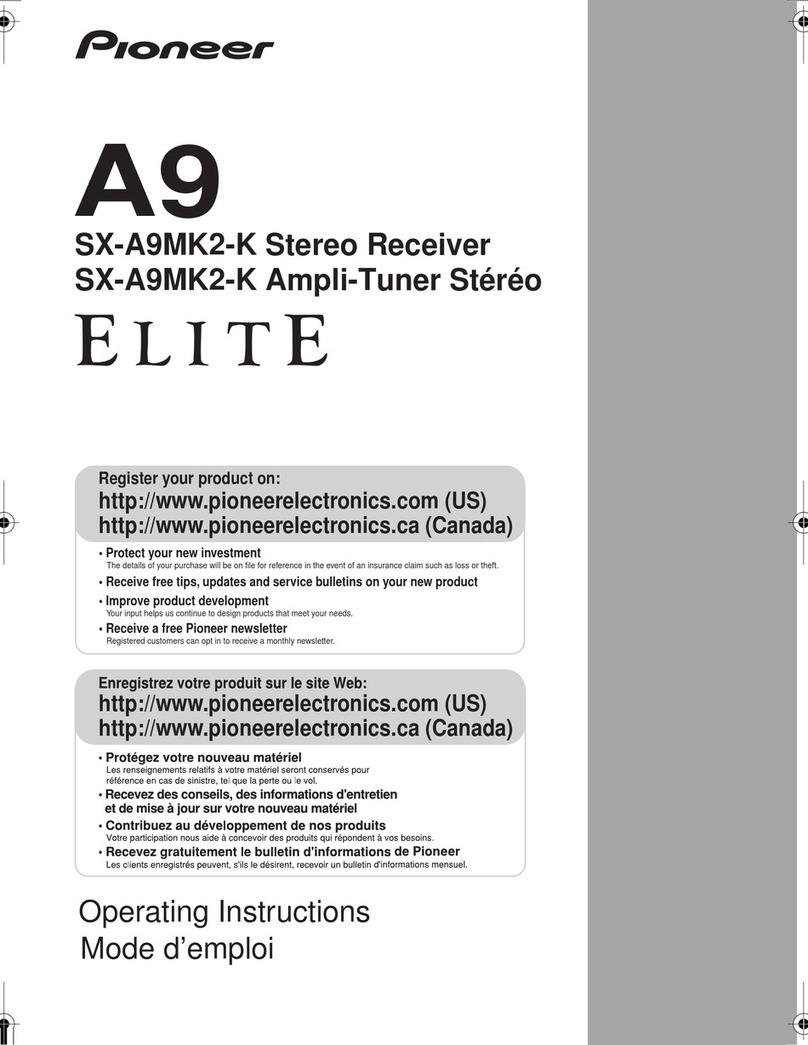
Pioneer
Pioneer Elite G-Clef SX-A9MK2-K User manual
Popular Stereo Receiver manuals by other brands

Sony
Sony STR-DE535 - Fm Stereo/fm-am Receiver operating instructions

Yamaha
Yamaha MusicCast TSR-5B3D owner's manual

Sony
Sony STR-DG500 - Multi Channel Av Receiver Service manual

Sherwood
Sherwood Newcastle RX-770 operating instructions

Panasonic
Panasonic AJSD955B - DVCPRO50 STUDIO DECK Brochure & specs
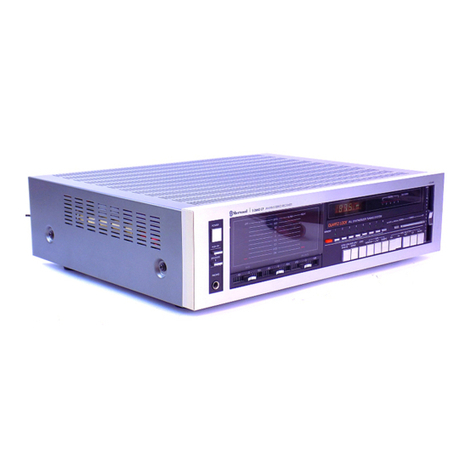
Sherwood
Sherwood S-2660CP operation instruction



